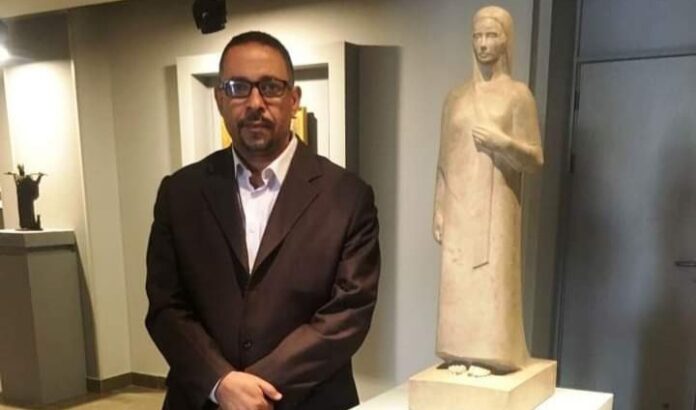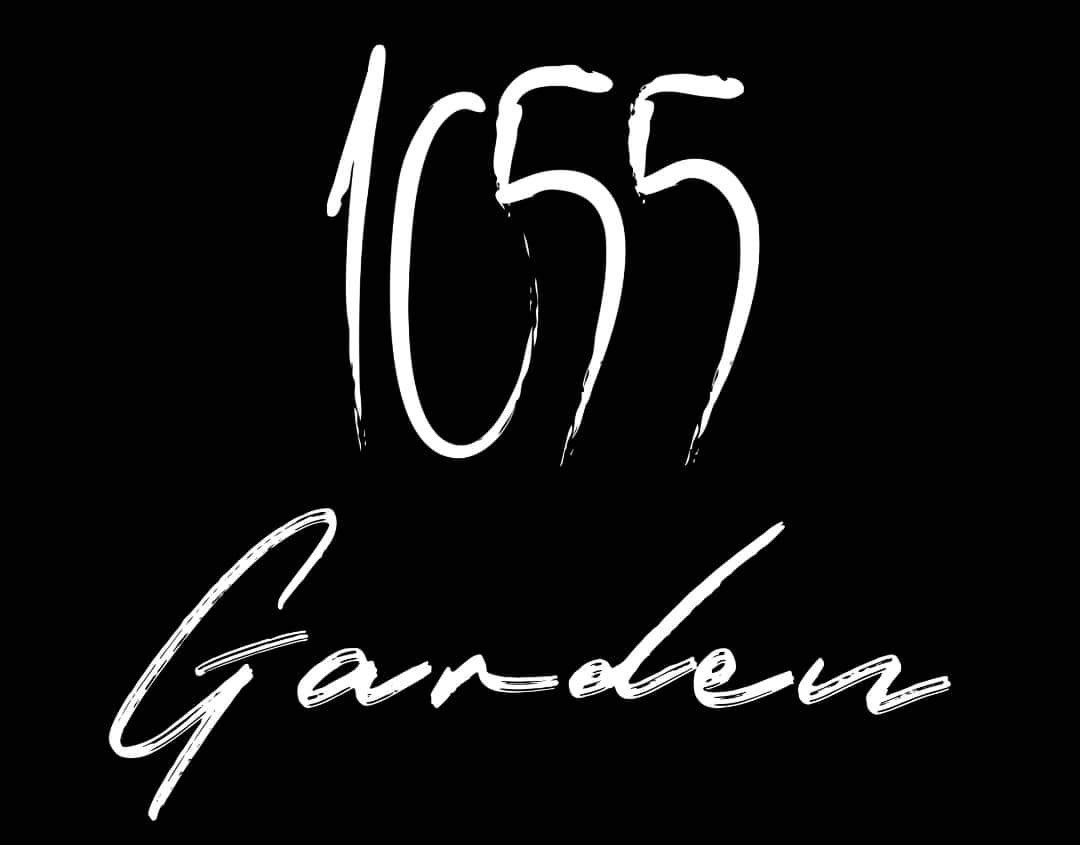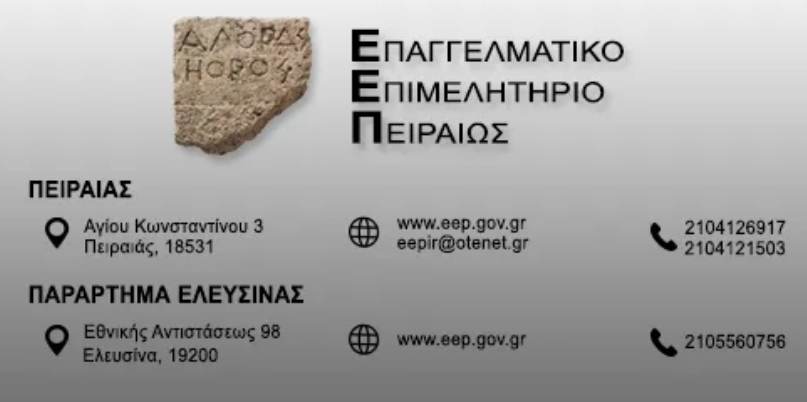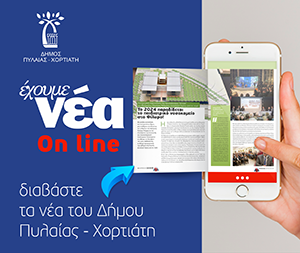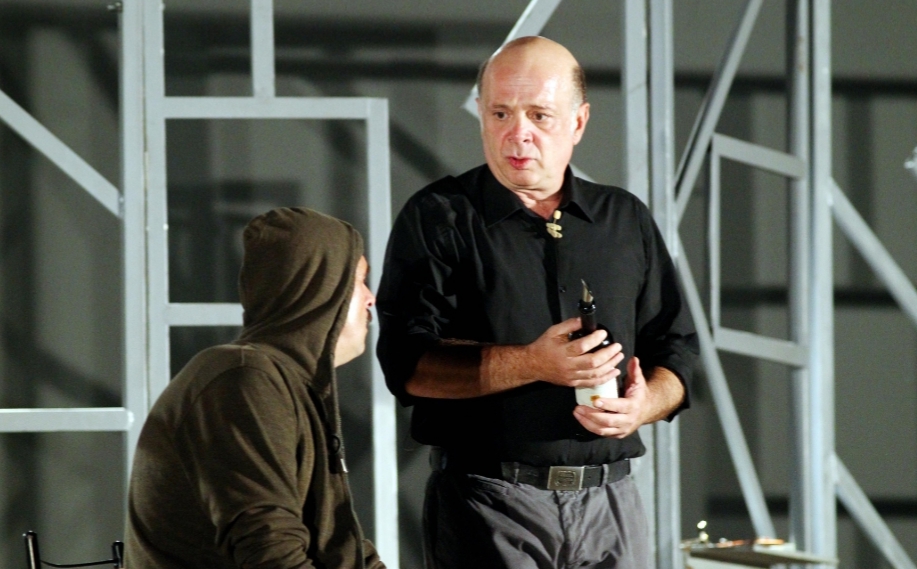Επιμέλεια: Εύα Πετροπούλου Λιανού
The Roman poet “Horace” reminds us that a dull death knocks with indifferent feet on the door of the poor man’s Hut and the door of the King’s Palace, but the elite of the dead in Saqqara hoped that death would not end their luxurious life full of extravagances.

Edward Toda recorded in his book “through the Nile Valley” that the oldest mummies are currently located – he visited Egypt from 1884 to 1886 – in the Bulaq Museum( the first museum was established in Egypt in 1863) and belong to the sixth family, in the cupboard to the right of the next vestibule of the royal mummies hall, we see a strange corpse whose appearance is disgusting, its fibrous flesh is naked, the cloth bandages that covered it were removed, her lower jaw was lost, and one of the two men was separated from the trunk. This is all that remains of the body of the King “Meri en Ra –Suker- im- Sav”, the son of King Pepi I and the elder half-brother of King Pepi II (The Last King of the sixth dynasty).
Pepi I was succeeded on the throne by two of his sons, mernr(2287-2278 BC) then Pepi II(2278-2184 BC), both of them ascended the throne very young, and each of them built his pyramid south of Saqqara, close to the pyramid of Pepi I as mentioned above in the tribal Saqqara, and “marnr” did not live long, and perhaps he ruled only for eight years .This is evidenced by the incompleteness of the construction of his pyramid, and this is also evidence of the death of his owner at an early age. As for trying to determine his age accurately, it is a risk that the result is not guaranteed, and it is true that we discovered the body of a young man in the prime of life in this cemetery-discovered by Auguste Mariette 1881 ad- But perhaps we are here in front of a case of reusing graves for a new burial .The fact that this cemetery remained unfinished made it a coveted prey for robbers and plunderers and easy to use for burying other dead.

But the way of embalming indicates that it is royal… Also, the reburial of an individual in a royal cemetery is unlikely, as the coffin is in the burial chamber of the king, and The Mummy was not closed with cardboard when it was discovered, and her lower jaw was dislocated, and in it a dislocated foot of Onyx as already mentioned, but it was restored .When we recently searched for it at the Egyptian Museum in Tahrir, the museum that inherited the role of the Bulaq museum, we did not find it there. .Our passion prompted us to search inside the newest museum in Egypt (the National Museum of Egyptian civilization), to which the royal mummies were transferred on April 3, 2021. By searching the halls of mummies, as well as the storerooms, and through the records we came to the place of the mummy of King Mary Ra Son of Pepi I entered the storerooms of Saqqara and then it was placed and displayed at the Imhotep Museum in 2006( the first on-site museum in Egypt was opened on the twentieth of April 2006).And we finally managed to visit it, and The Mummy appears in an average state of preservation, and the forearms are stretched out next to the corpse, and this position was the most common in the mummies of the Kings of the ancient and Middle Kingdom .The position of the intersection of the forearms

On the chest of the mummy of Kings, which is called the Osirian position, began with the mummy of King Amenhotep I, and continued after him in the Kings of the New Kingdom.
Through the next few lines, we will get to know the features of the works of this king/mummy, to find out about the aspects of his activity, his power and greatness .Let us Echo together the saying of the Roman poet Horace, which we mentioned in the introduction to the article: that the dull death knocks with indifferent feet on the door of the poor Hut and the door of the King’s Palace, but the elite of the dead in Saqqara hoped that death would not end their luxurious life full of extravagances.

Meren Ra Son of Pepi I succeeded in extending Egypt’s influence and power in southwest Asia and Nubia, and”Weni” recounts in his autobiography on the walls of his tomb, who was a high official in the administrations of the first kings of the sixth dynasty that King Meren Ra appointed him to lead an army consisting of tens of thousands of soldiers to fight the “Asian inhabitants of the sands”, and recorded that his army invaded the enemies five times, where he moored his ships behind enemy lines, killed tens of thousands, and took many captives. Other texts indicate that “flexible Ra” created subordinate states in Nubia, which he supported militarily to protect the caravan routes that were bringing valuable goods from the depths of sub-Saharan Africa .Harkhov, the ruler of Aswan during the reign of MERN-Ra, recorded his travels in the ” land He told that on one of his expeditions he returned to his homeland with “three hundred donkeys carrying incense, Ebony. And oils. And grain, tiger skins, elephant tusks, throwing sticks, all kinds of Good Goods.

















